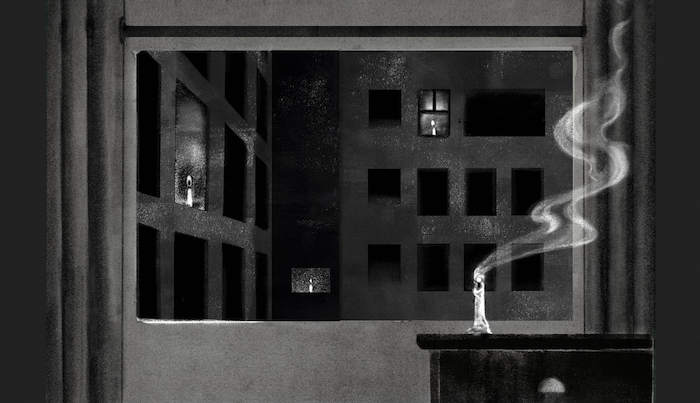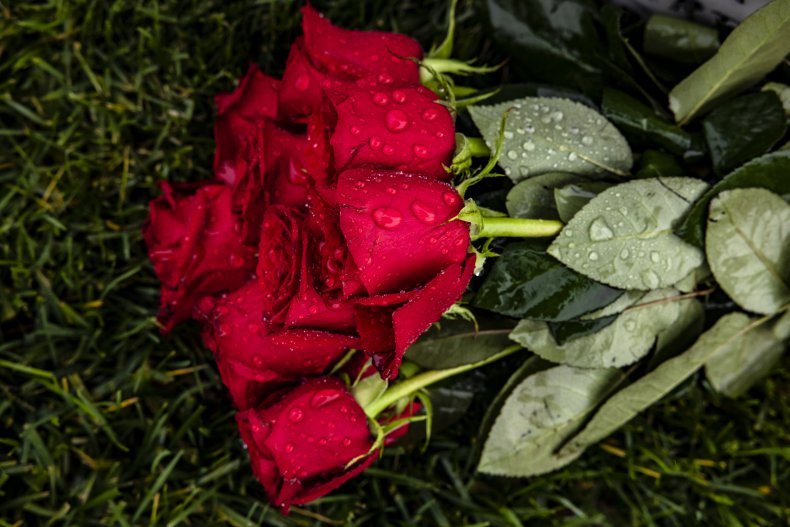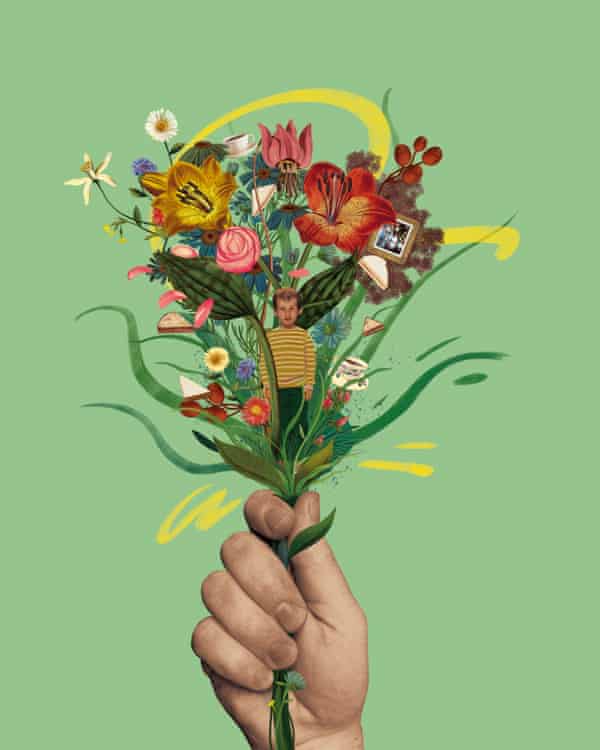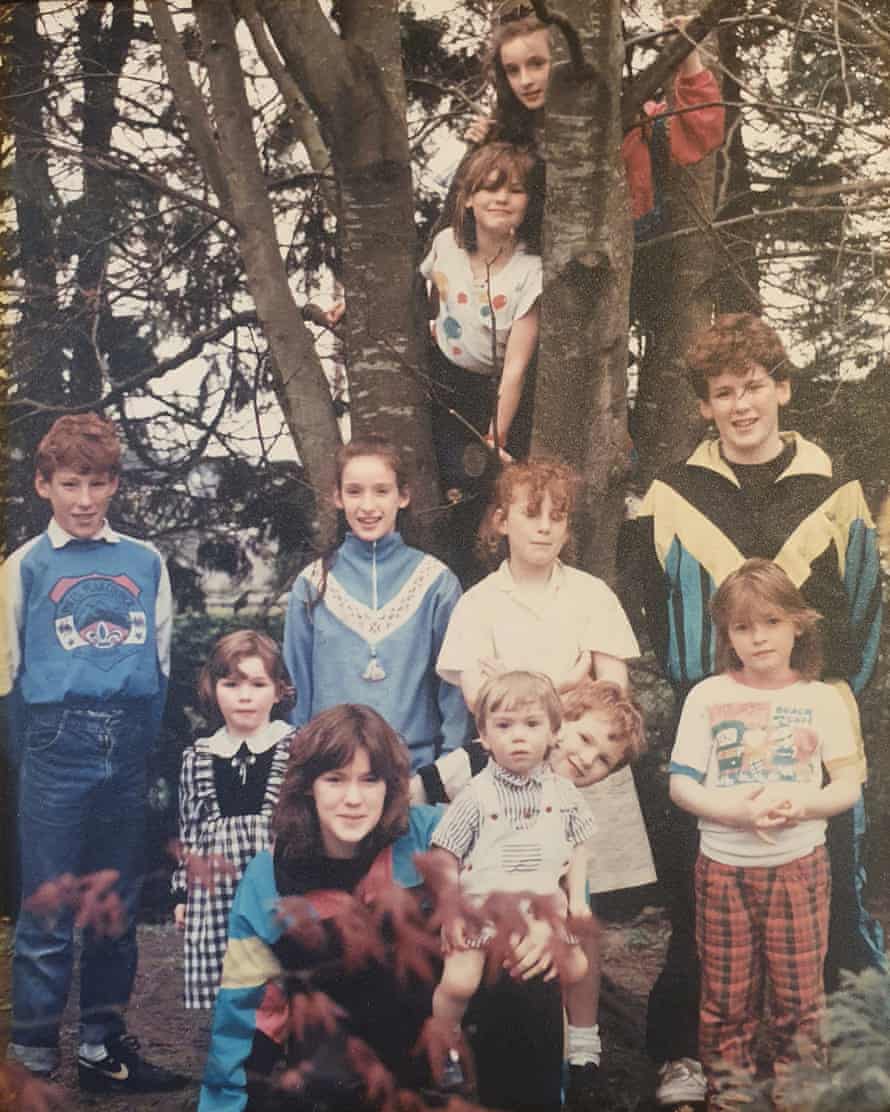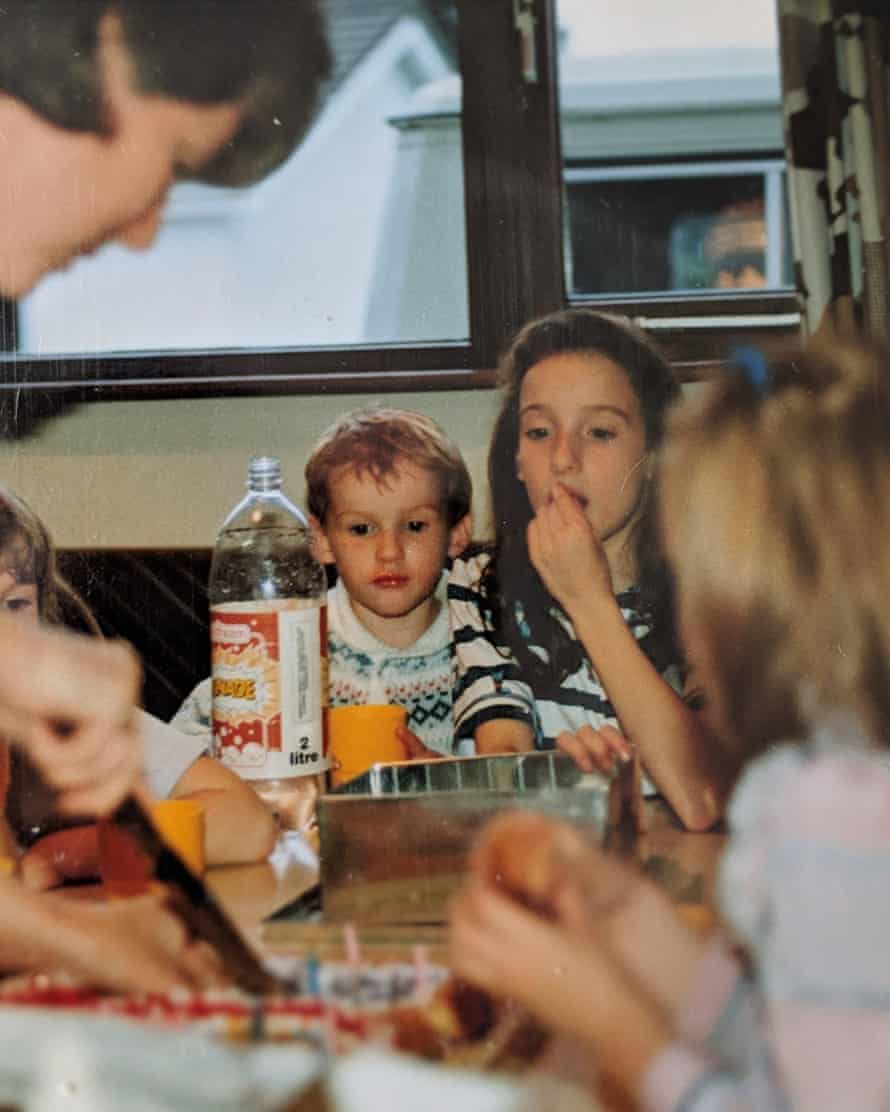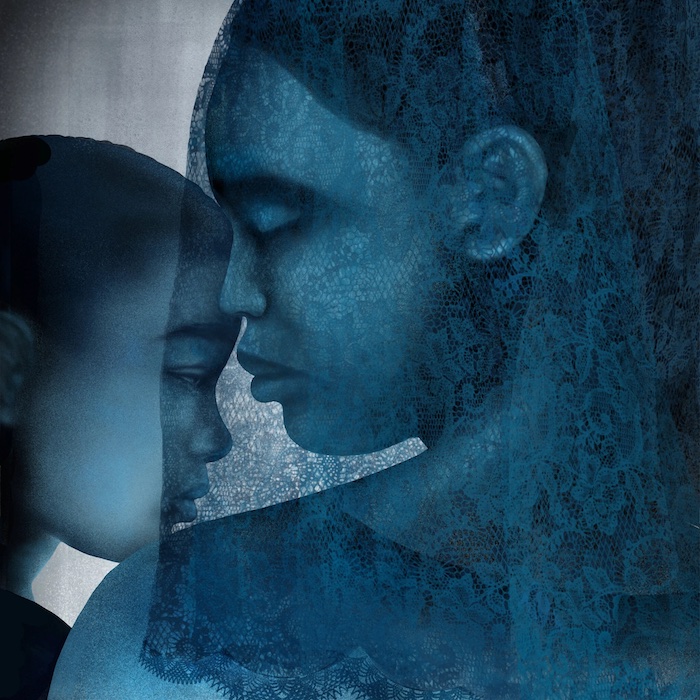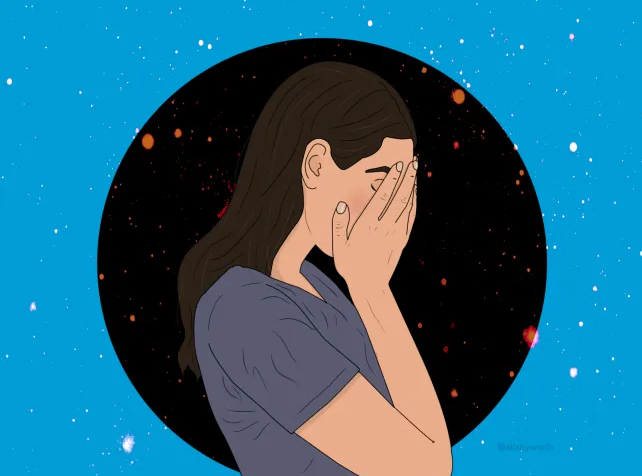
By Shishira Sreenivas
Coming to terms with feelings of loss and making sense of it can be a painful process. Grief is a common emotional and sometimes physical response that you feel when you experience loss after a disaster or a traumatic event. Bereavement is a type of grief you experience when you lose a loved one.
Grief occurs across all ages, but adults, adolescents, and children may process it differently. Feelings can range from deep sadness to bursts of anger. Everyone grieves in their own way and time frame depending on the personal attachment to what was lost.
If the loss is too overwhelming to perform your day-to-day tasks, it can take a significant toll on your mental health. You may need to reach out to a professional therapist, psychologist, or a counselor to help you work through the grief.
Understanding Grief Counseling
Grief counseling is a type of professional therapy designed to help you work through the various stages and range of emotions you may feel after a loss.
How you experience grief can vary from person to person. People commonly refer to the five familiar stages of grief, initially coined in 1969 by psychiatrist Elisabeth Kubler-Ross. They are:
- Denial
- Anger
- Bargaining
- Depression
- Acceptance
When you’re grieving, you may go through at least two of the five stages. But it is important to note that there is no common pathway for grief. Everyone experiences it differently. Your grief reactions and signs may include:
- Shock
- Disbelief and denial
- Anxiety
- Distress
- Anger
- Periods of sadness
- Loss of sleep
- Loss of appetite
Counseling will help you address some of the reactions as you process your new reality. Some people recover from grief usually within 6 months, but for some others, it may take up to a year or longer.
What Are the Different Types of Grief?
Depending on the type of loss and the belief and relationship you held, it may affect the type of grief you may experience.
Complicated Grief
With time, many overcome or learn to manage grief. But for about 15% of the people who lose a loved one, they may experience a “complicated grief.” It’s a type of grief in which you may have symptoms and signs that last for up to a year or longer.
While the intensity may vary from person to person depending on the context of the loss, the symptoms you may feel may be severe. Complicated grief may make it hard to get through your daily routine and function properly.
Severe symptoms can include:
- Intense sadness and emotional pain
- Feeling empty and hopeless
- Yearning to be reunited with your loved one
- Constantly thinking about the deceased person or how they died
- Difficulty engaging in happy memories of the lost person
- Avoiding anything that reminds you of the loved one
- A reduced sense of identity
- Detachment and isolation from friends and family
- Lack of desire to make plans or have interests
Traumatic Grief
If you lose someone you care about in a traumatic event like an accident or if you witness them die or become severely injured, you could be experiencing traumatic grief. It mostly occurs when you’re unprepared to lose someone suddenly.
Symptoms of traumatic grief may creep up on you hours, days, weeks, or even months after the traumatic incidents. The feelings of grief may be very strong and frightening to deal with. If this happen to you, reach out to your doctor and seek help.
Broken Heart Syndrome
While grief is highly unlikely to kill you, the severe stress from living with it may affect your heart health in situations of sudden shock. If the grief is very intense, your body may release stress hormones that may cause part of your heart to swell and pump blood unevenly and beat irregularly. It can cause chest pains similar to a heart attack. This is called broken heart syndrome.
Most people who experience this type of grief recover in a couple of weeks and may not have a similar event again. Women are more prone to broken heart syndrome than men. Grief counseling can help you develop strategies to deal or manage grief during the recovery process.
Depression and Grief
Grief’s symptoms like lack of joy, anxiety, or sense of despair, can look a lot like depression. However, they are different. But if you’re grieving, it could trigger a depressive episode and make the process of grieving worse. Talk to a therapist or a counselor. They can come with strategies to manage depressive symptoms.
What Are the Techniques Used in Grief Counseling?
The goals of grief or bereavement counseling can include four main stages such as:
- To accept the reality of the loss
- To work through the pain of grief
- To adjust to life without the deceased
- To maintain a connection with a loved one you’ve lost while finding ways to move on with life
Psychologists or therapists may use techniques like cognitive behavioral therapy or psychotherapy to help you through the grieving process.
Techniques used in grief counseling can include:
- Guiding you to talk about the loss, who the person was to you, and the circumstances surrounding the death
- Asking you to describe your emotions and feelings
- Building coping strategies to deal with tough days like holidays, anniversaries, or birthdays
- Learning to accept that grief is a normal process and to be expected
- Identifying unhealthy behaviors that may be harmful for day-to-day life
- Building new relationships
- Developing a new identity
If you’re grieving, it’s also important to take care of yourself. Pay attention to any physical, mental, social, or emotional stressors or signs. Don’t ignore them. Instead, let your doctor or therapist know about it.
Grief Counseling for Children
Unlike adults, kids may experience grief differently. They may not understand the loss and what it means to their reality at first. They may often look to adults on how to mourn and process their feelings. Being direct and honest with them may help them assess and accept their grief.
If a child loses a close family member, they may benefit from a counselor for children to learn to grieve in a healthy manner or also use family therapy as unit. Activities like storytelling and play may also help them understand the loss.
How Can Grief Counseling Help?
Psychologists, therapists, or grief counselors are licensed professionals who are equipped to help you deal and manage emotions of grief like anxiety, guilt, or fear that you may associate with the loss of a loved one.
They can help you build resilience and coping strategies to deal with the intense sadness you may feel throughout your grieving process and help you find ways to move on in a meaningful way.
How Can You Get Started?
If you’ve experience loss and going through the stages of grief, it’s important to know that it takes time. But if the grief is too overwhelming and is disrupting your ability to function daily, it’s best to seek professional help.
It’s never too early nor too late. However, the earlier you seek help, the sooner you can build strategies to help you cope with changes.
If you’re looking for grief counseling, it might be a good idea to check if your health insurance provider covers the cost of the sessions. If it doesn’t, you can seek more affordable options like virtual counseling, telehealth, support groups, or attend in-person meetings with others who are experiencing similar forms of grief.
There are also apps you can download that will give you access to a licensed and experienced therapist for reasonable prices.
Complete Article ↪HERE↩!

